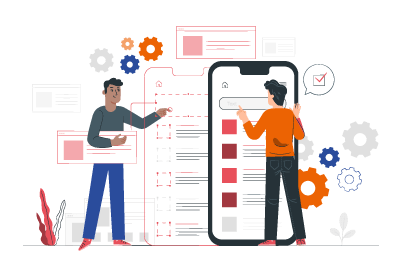DATA EXPLORATION AND PREPRATION
The quality of a model greatly depends on the data it is being developed. If the data used is not suitable for the model, then it is likely to fail when confronted with actual data which is unobserved. Therefore, it is crucial to alter the data to be compatible with a model algorithm. This process, also known as preparation, involves consolidation, cleansing, and exploration of data.
Before using a data set to build a model, we must first explore the data in order to get an understanding of what our data is. This assists in better decision-making in the modeling process. Additionally, certain modeling algorithms require a specific type of data to work, requiring specific changes to be made to the data. This is accomplished by changing the features that make up the information. Furthermore, the data is almost always plagued by the issue of missing values and outliers, and it is essential to tackle these issues since when you do not, the results of the model may be inaccurate.
These are the important steps of data analysis: Data Exploration and Preparation. This component is examined.
Like the three other sections, this section is split into two parts: Theory and Application. The theory section discusses the need for data preparation since each kind of modeling algorithm requires data preparation in a different way. This and many other aspects are covered in the Theory section.
In this Application, Different datasets are analyzed and created with Python along with R.

THEORY
The theory section covers various machine learning methods that can be employed to create data models. Some of these algorithms function in a Supervised Learning setup, while others operate in an Unsupervised Learning setup. Many algorithms are utilized for making Time Series models that help forecast values over a particular duration of time.

APPLICATION
Understanding algorithms is a foundation for understanding the behavior of various models. However, it's the knowledge of computer languages that allows one to develop models for data. This section describes different models are constructed using Python and R with a variety of different machine-learning algorithms.
